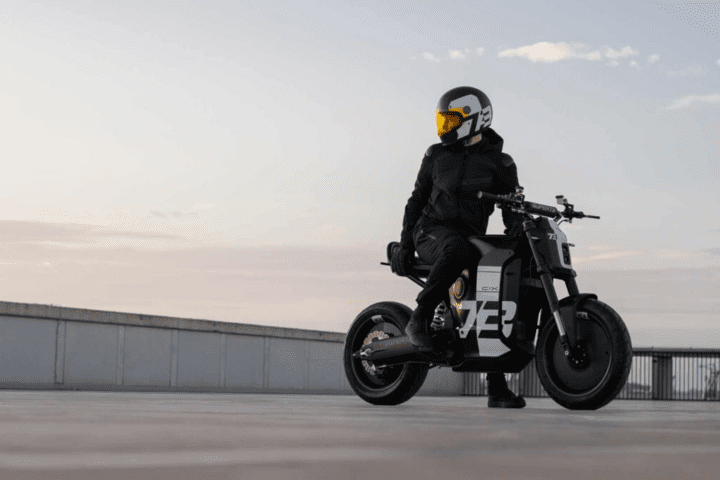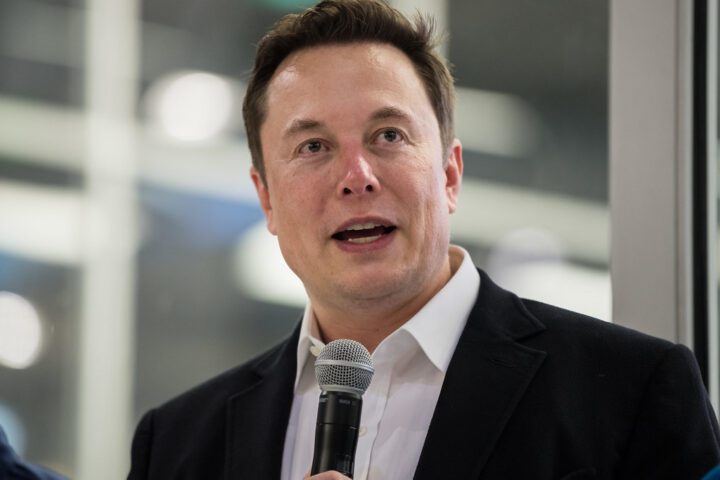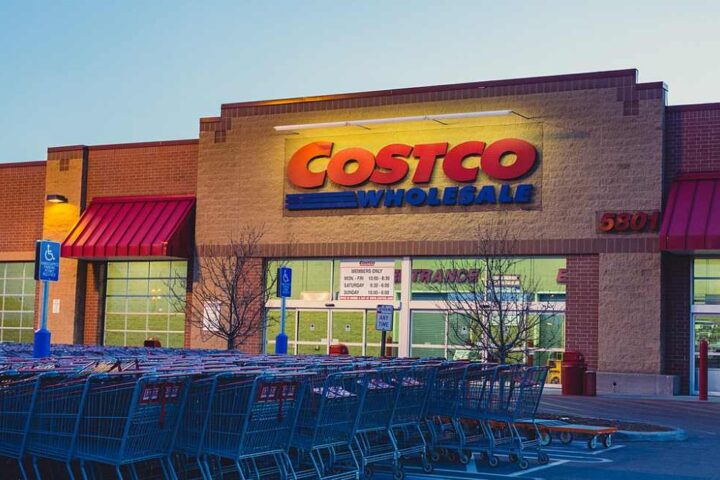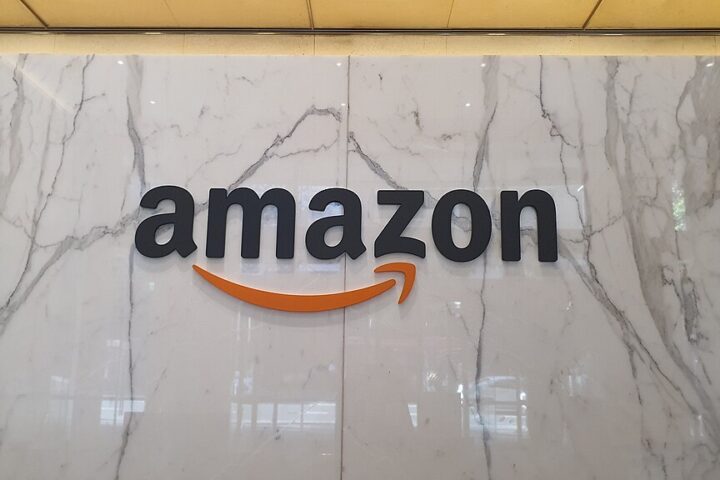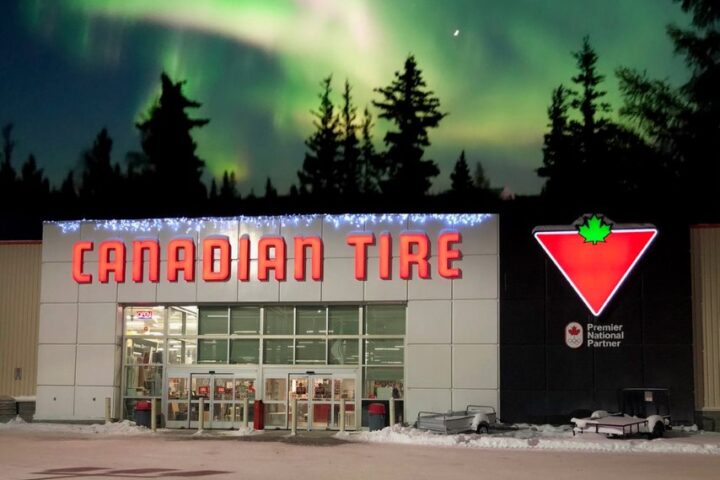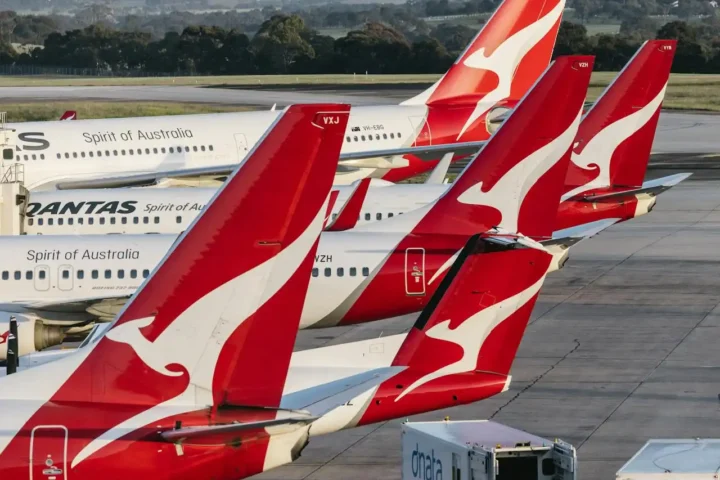Uber Technologies and Ann Arbor-based autonomous vehicle (AV) company May Mobility have formed a multi-year strategic partnership that will put thousands of self-driving vehicles on Uber’s platform over the next few years, starting in Arlington, Texas by late 2025.
The partnership brings together Uber’s market-leading ride-hail platform with May Mobility’s autonomous technology in a move to capture part of what they estimate as a $1 trillion AV market in the United States.
“We are thrilled to be partnering with May Mobility to continue to scale the availability of autonomous vehicles across the United States,” said Dara Khosrowshahi, CEO of Uber. “At Uber, we’re building the future of transportation, working with the world’s leading autonomous vehicle developers like May Mobility to help commercialize and deploy this technology quickly at scale around the world.”
The rollout will begin with American-made, hybrid-electric Toyota Sienna Autono-MaaS vehicles equipped with May Mobility’s Multi-Policy Decision Making (MPDM) technology. These vehicles will initially operate with safety operators before transitioning to fully driverless service.
Technology and Safety Focus
May Mobility’s MPDM platform, first described in a 2015 paper that has been cited nearly 200 times in academic literature, processes thousands of simulations per second to handle unexpected situations. Rather than relying on predefined scenarios, the system applies real-time reasoning to adapt to changing conditions.
“Launching on the Uber platform is a big signal to the market that May Mobility is ready to quickly expand to major markets as the pre-eminent autonomy-as-a-service provider,” said Edwin Olson, CEO and co-founder of May Mobility.
May Mobility has documented its safety practices in a Voluntary Safety Self-Assessment (VSSA) that aligns with UL 4600 standards and follows NHTSA guidelines. The company has already completed nearly half a million rides across 19 deployments worldwide, including 100,000 rides in Arlington alone by March 2025.
Similar Posts
Regulatory and Competitive Context
This partnership comes amid significant shifts in AV regulation. On April 24, 2025, Transportation Secretary Sean P. Duffy announced NHTSA’s new Automated Vehicle Framework, which aims to balance safety requirements with innovation goals. The framework includes the Third Amended Standing General Order (effective June 16, 2025), which extends crash reporting deadlines to five days and raises property damage thresholds to $1,000.
The Uber–May Mobility deal also shifts competitive dynamics in the AV space. Waymo is planning a fully driverless launch in Washington, D.C. in 2026, while GM’s Cruise unit has withdrawn from the robotaxi space following safety incidents and regulatory penalties.
May Mobility previously established a similar partnership with Lyft, planning to deploy AVs on Lyft’s platform in Atlanta by 2025.
Environmental Benefits and Service History
The partnership’s hybrid-electric vehicles promise reduced emissions. Research indicates that autonomous vehicles can improve fuel economy by 23–39% through optimized driving patterns, though induced demand could partially offset these gains.
May Mobility has been operating in Arlington since 2021, giving them substantial local experience to build upon. The company has achieved several milestones in driverless deployment, including fully driverless service in Sun City, Arizona (December 2023) and Peachtree Corners, Georgia (February 2025).

The companies plan to expand to additional U.S. markets in 2026 following the Arlington launch, though specific locations haven’t been announced.
“May Mobility and Uber will make it possible for more people across the U.S. to enjoy the transformative benefits of autonomous vehicles,” added Olson.
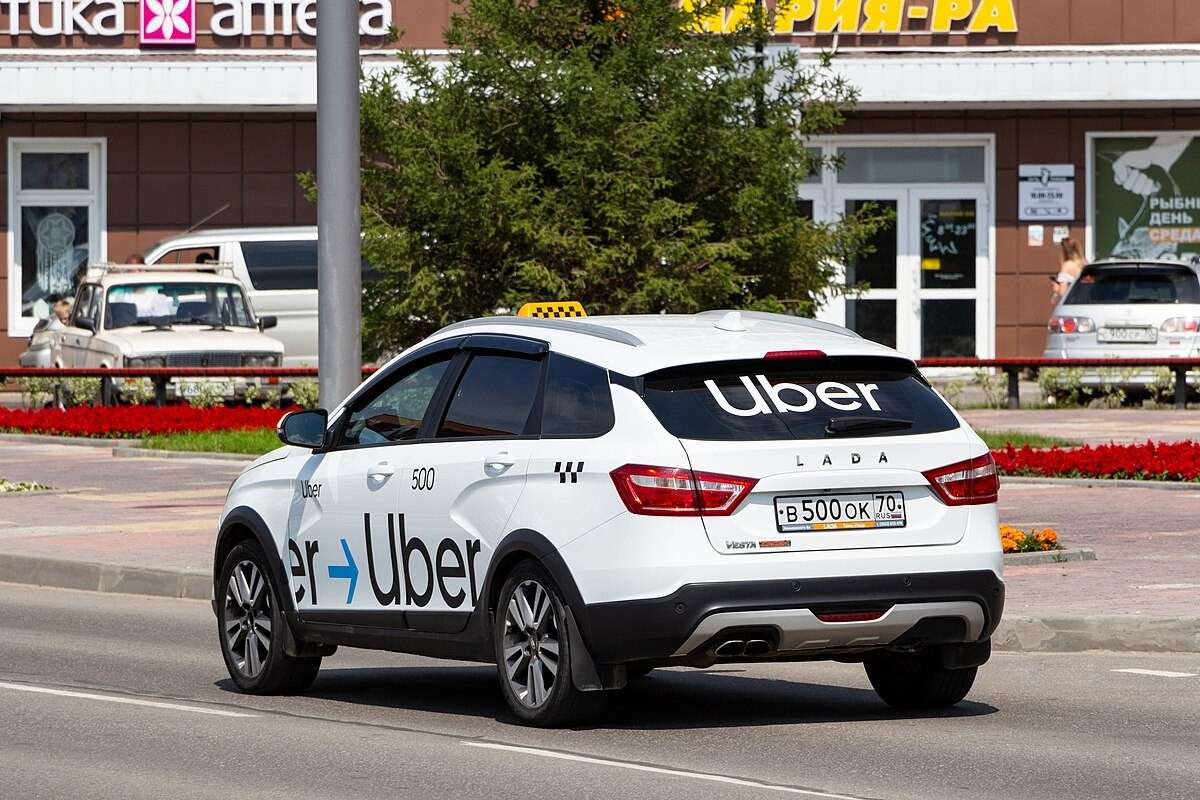
![Mina do Bugalho, Portugal [2011]. Photo Source: almoço no zé unta (CC BY-SA 2.0)](https://www.karmactive.com/wp-content/uploads/2025/05/500px-Portuguese_Lunch.jpg)




